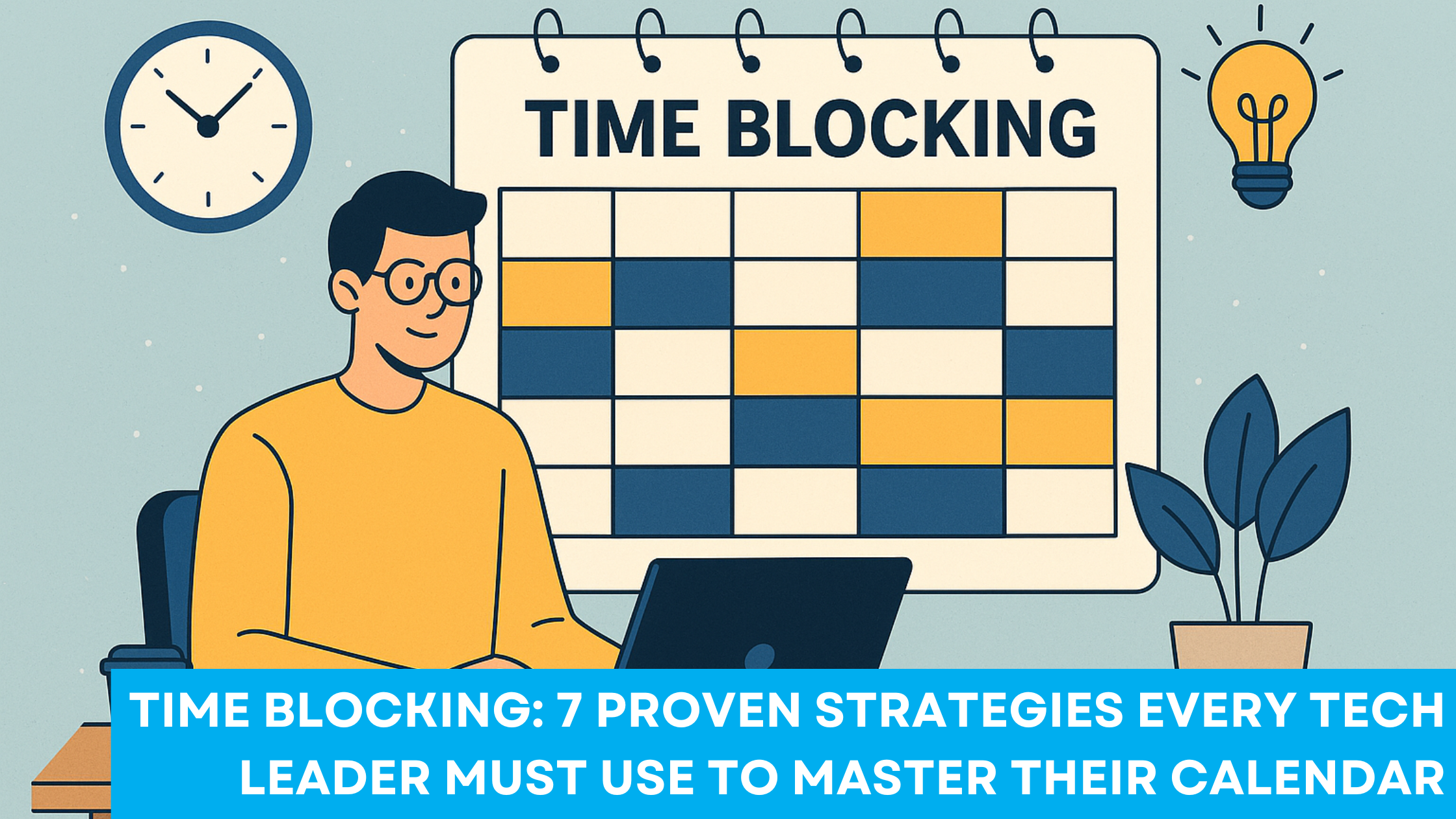Key Takeaways
- Executive visibility doesn’t mean volume—strategic presence wins.
- You can be visible without being loud by focusing on purpose, consistency, and influence.
- A structured framework helps you shift from “speaking more” to “impacting more”.
- Practical steps enable you to audit current visibility, choose high-leverage settings, and measure outcomes.
- Ignoring subtle visibility risks means being present but not noticed—or worse, being visible but not trusted.
How to Be Visible as an Executive Leader: The New Executive Presence
In today’s fast-moving tech and business world, being loud no longer equals being seen. As senior leaders, you’re juggling remote teams, hybrid work, and global stakeholders—and every voice competes for attention. In this environment, your ability to be visible as an executive leader without resorting to volume is what separates true influence from mere presence. According to a recent study on executive presence, gravitas and expression remain key pillars, but the way they manifest is shifting.
Why this matters now
In the era of digital meetings, hybrid collaboration, and short attention spans, leaders who rely on dominating the room risk being background noise. Instead, leaders who show up with clarity, intention, and consistency build trust, cut through complexity, and unlock real alignment. One leadership development firm observed that executive presence is increasingly defined by how you make others feel rather than how loudly you speak.
Key Components for Visible Leadership
| Key Component | Action | Example | Risk if Ignored |
| Clarity of Message | Define and communicate your signature leadership message | A CIO opens every quarterly all-hands with: “How do we accelerate value for customers?” | Your message fragments; people don’t know what you stand for. |
| Strategic Visibility | Select high-impact forums, be purposeful in showing up | A VP attends cross-functional design reviews monthly instead of ad-hoc drop-ins | You show up everywhere but nowhere meaningfully. |
| Amplified Influence | Lead with questions, support others, enable voices | Instead of presenting, a Director asks “What should we stop doing?” and credits team innovation | Being visible but overshadowing your team or stalling empowerment. |
| Consistent Authenticity | Match signals, voice, and behaviour over time | A leader who shares a failure, frames learnings, and follows through with next steps | Misalignment between words and actions erodes credibility. |
5-Step Practical Application
- Audit your visibility footprint – Over one week, log where you appear (meetings, forums, digital channels) and ask: “Was I heard? Was I noticed for impact?”
- Define your signature leadership message – Craft one clear sentence that defines what you stand for as an executive leader (e.g., “We turn complexity into clarity for our global teams”).
- Choose high-leverage visibility venues – Identify two internal and one external forum where you’ll show up regularly and with intention (e.g., cross-functional board, leadership town-hall, industry panel).
- Lead with influence, not volume – In each setting: ask strategic questions, introduce others’ work, curate outcomes. After each forum, reflect: what did I enable? What changed?
- Measure outcomes and iterate – Define a simple metric (e.g., number of stakeholders who reference your message; number of teams self-initiated after your intervention). Review monthly and refine your presence model.

Real-World Executive Example with Measurable Impact
Consider a Senior VP of Product at a global tech firm. Previously, they relied on high-volume updates and frequent all-hands to be “visible”. They shifted to the visible-without-being-loud model:
- Reduced weekly meeting time by 20%, freeing up strategic thinking time.
- Stakeholder survey after six months showed a 25% increase in perceived clarity of their message and role.
- Two new cross-functional initiatives launched under their leadership delivered the first release 15% faster than the target.
- This mirrors research showing that leaders with deliberate visibility (not just higher volume) gain bandwidth and result-orientation.
Pitfalls & Solutions
- Pitfall: Mistaking volume for presence. You speak often but aren’t heard.
Solution: Prioritise venues, refine the message, and be intentional about where you show up. - Pitfall: Visibility in low-leverage settings. You’re busy but not impactful.
Solution: Map your forums and shift time toward those with broad stakeholder influence. - Pitfall: Inconsistency between message and action. Your words don’t match your behaviours.
Solution: Align your actions, seek feedback, and visibly follow through. - Pitfall: Overshadowing your team. You become the loudest voice, not the leader, enabling others.
Solution: Use your presence to elevate others, ask questions, and share credit. - Pitfall: Lack of measurement. You feel “more visible” but don’t know the impact.
Solution: Define metrics early (e.g., stakeholder invites, message references), review monthly.
Reflective Close
Being visible as an executive leader doesn’t require more noise—it requires more intention. In the chaos of rapid transformation, your clarity, presence, and consistency matter more than volume.
So ask yourself: “Where am I showing up most, and is it generating the influence I intend?” The shift from being loud to being visible might just unlock your next level of leadership.



